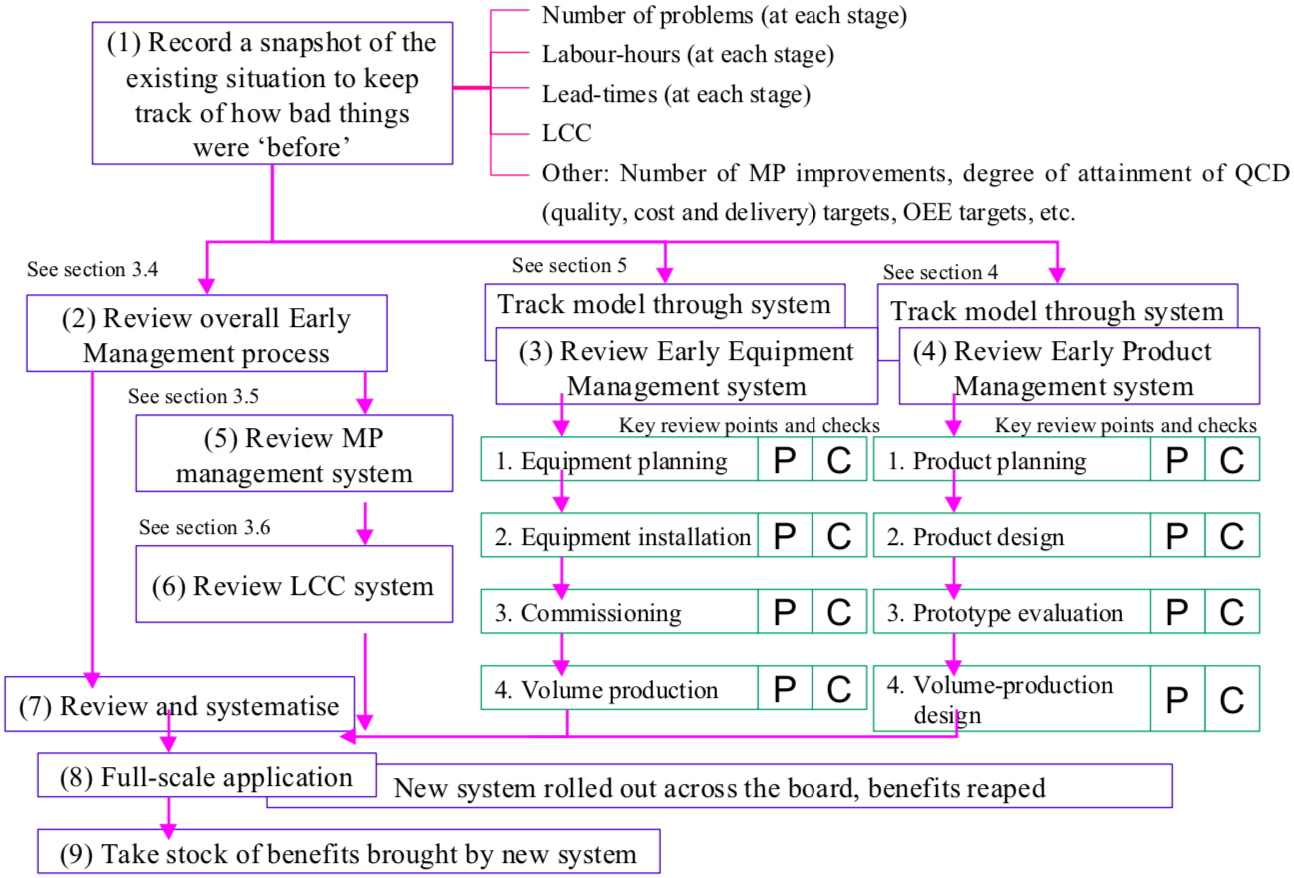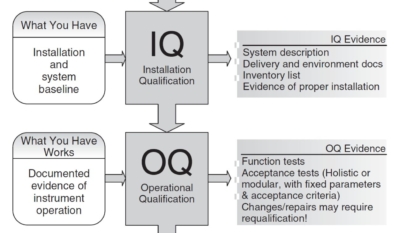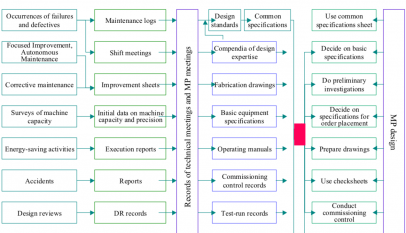Why is Early Management necessary?
- Because 80% of the LCC (life-cycle cost) of products and equipment is determined at the design stage.
- Because Early Management program the whole service life of the product or equipment, at the design stage. Early Management boils down to the endeavour to create factory-friendly equipment and use it to manufacture products that are user- friendly and do not incur unnecessary costs at any stage of their life.
Early Management is aimed at minimizing LCC by the following means:
- Shortening lead times
- Reducing total cost
- Reducing the number of labour-hours needed from development through introduction
- Reducing disruption in the form of process, equipment or product trouble from development through introduction
- Making it possible to achieve vertical startup right on schedule
- Minimizing environmental impact
- Producing people-friendly products and equipment
The desired scenario for Early Management
Attributes that products should have
Assembly-friendliness: A design that makes the product easy to assemble
Process-friendliness: A specification that makes the product easy to process
QM-friendliness: A design that militates against the generation of defectives
High yield: A design ensuring a good yield of product from materials
Resource economy: A design ensuring that resources are not used wastefully
Changeover friendliness: Unified parameters, simplifying the changeover procedure
Cost-effectiveness: The ability to be made from low-cost materials, without requiring any special processing
Safety: Fail-safe design, safe even if misused
Eco-friendliness: A design ensuring easy dismantling, disposal, and/or recycling
Attributes that equipment should have
Reliability: Resistance to failures and minor stops
Maintainability: Failures and minor equipment defects can be swiftly detected and resolved
Cost-effectiveness: Low purchase cost and running cost
Operability: A design that makes the equipment easy to operate and user-friendly
Safety: Mistake-proof design
Autonomous maintainability: A design that makes the equipment easy to clean, inspect and lubricate
Workability: A design that makes it easy for operators working around the equipment to do their job
Changeover friendliness: A design allowing a range of different products to be set up in under ten minutes each
Resource economy: A design ensuring that resources are not used wastefully
The ideal scenario for products and equipment
Typical conventional scenario
The delivery deadline is prioritized at the expense of all else;
- Equipment is delivered on the appointed day as if all is well, but it is nowhere near ready;
- The startup is severely delayed;
- Problems emerge at the commissioning stage;
- Complaints flood in from the manufacturing stage onwards.
▼
Ideal scenario
The equipment is delivered promptly and on time, and a vertical startup is achieved;
- The equipment is user-friendly;
- It is easy to maintain;
- It does not break down;
- Defectives are not produced;
- There are no accidents;
- Productivity is high;
- The required capacity is achieved;
- The equipment is very easy to change over.
Rolling out Early Management
An Early Management program should be rolled out in the sequence shown in Figure “Flow Diagram of Early Management Activities”. It is a good idea to record all the problems with the existing Early Management system in detail, to retain a clear picture of how bad things were ‘before’. Track a pilot product or piece of equipment throughout its commissioning, listing all the checks required at each stage, and developing all the tools that need to be deployed. As you proceed, work out how MP (maintenance prevention) and TS (troubleshooting) information should be used, develop a model for calculating LCC, and collect the necessary data.



















